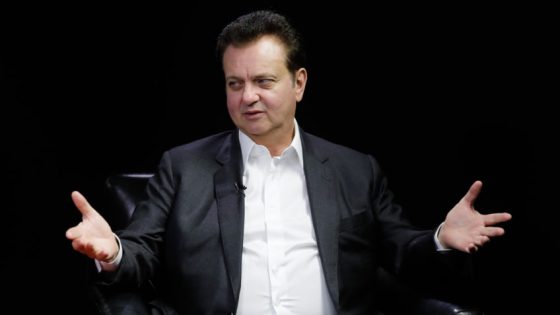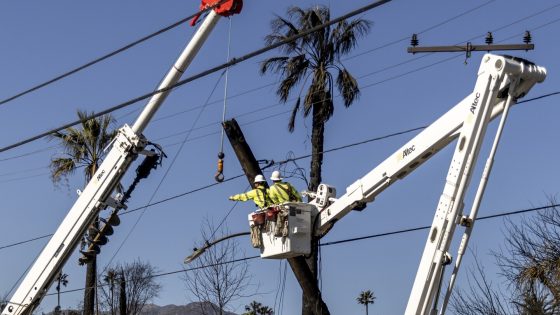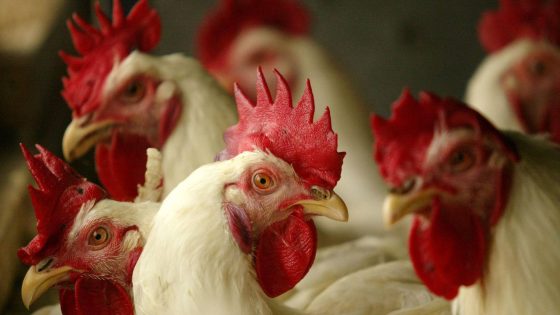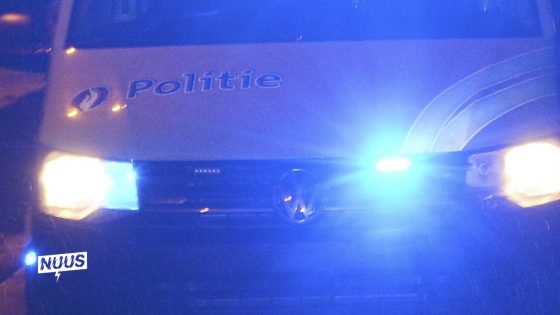On February 18, 2025, significant changes occurred within the Federal Aviation Administration (FAA) as hundreds of employees were terminated by the Trump administration. This decision has raised concerns about aviation safety and operational efficiency amid ongoing scrutiny following a recent fatal plane crash in Washington, D.C.
- Sean Duffy boasts about FAA firings
- Trump initiates FAA staff dismissals
- Union reports hundreds of FAA layoffs
- Former FAA employee voices concern
- Shock expressed over unexpected firings
The firings at the FAA have sparked widespread concern among industry experts and former employees. Sean Duffy, a key figure in this decision-making process, claimed responsibility for dismissing “hundreds” of workers while emphasizing his commitment to safety improvements. Critics argue that such large-scale layoffs could undermine critical oversight functions essential for maintaining safe air travel.
Key details surrounding these firings include:
- Hundreds of FAA employees affected by the layoffs.
- The firings occurred shortly after a fatal DC plane crash.
- Former FAA staff express shock and concern over the implications for aviation safety.
This situation is compounded by reports indicating that union representatives are voicing strong opposition to these actions, highlighting fears that reduced staffing levels may lead to increased risks in air traffic control and regulatory compliance. Former employees have shared their worries about how these changes might affect overall public safety standards within the aviation sector.
The ongoing discourse around these firings underscores a broader debate about workforce management in federal agencies responsible for public safety. As stakeholders continue to assess the ramifications of these decisions, it remains crucial to monitor how they will influence both operational effectiveness and passenger confidence in air travel moving forward.
The recent mass layoffs at the FAA raise pressing questions about future safety protocols and employee morale within federal agencies tasked with ensuring secure air travel. As developments unfold, it will be vital to observe how these changes affect both personnel practices and public trust in aviation systems.
































